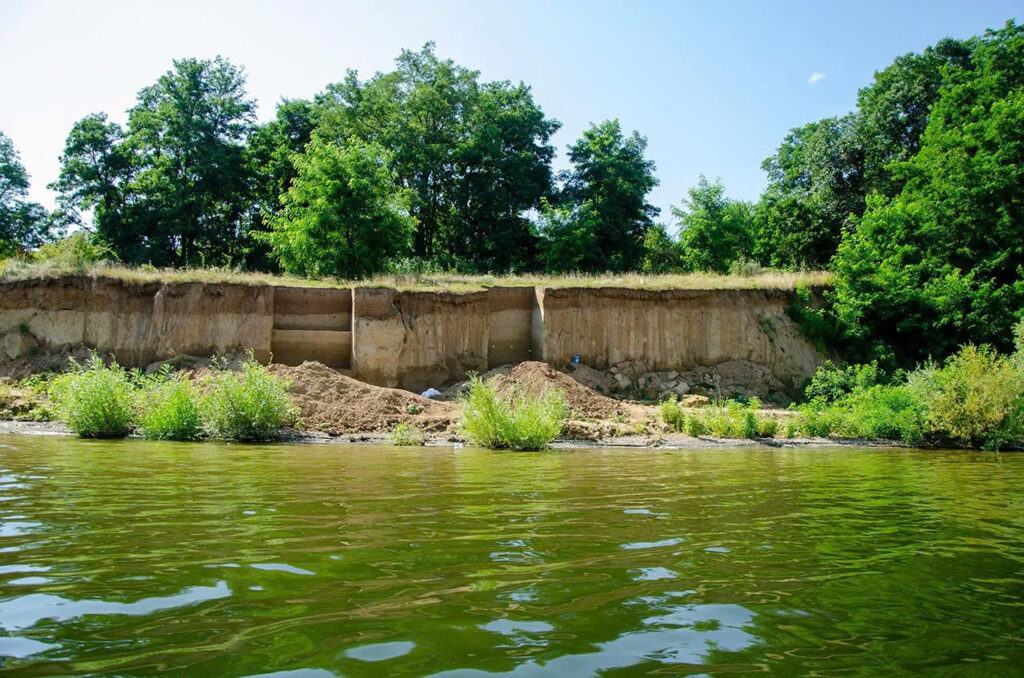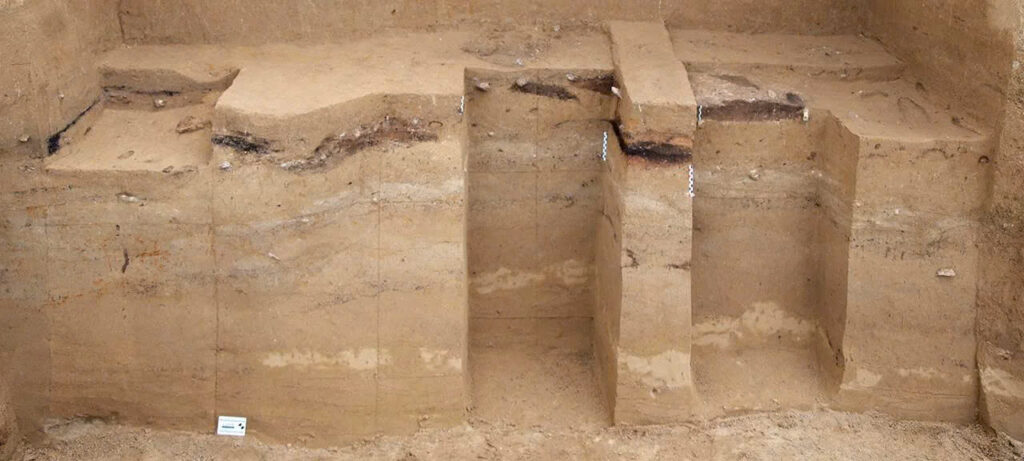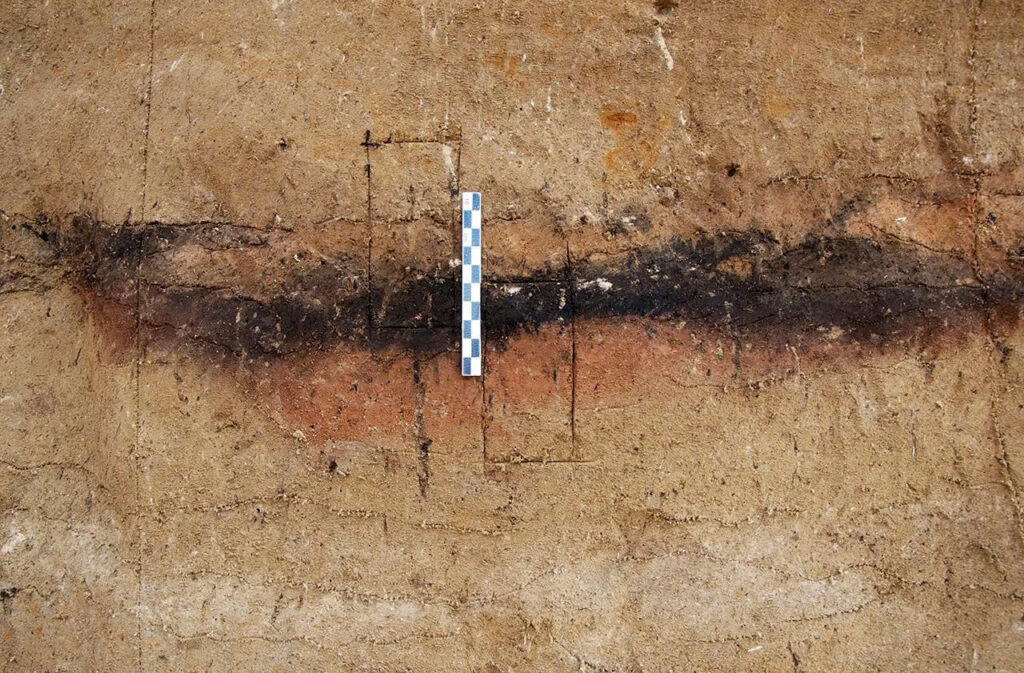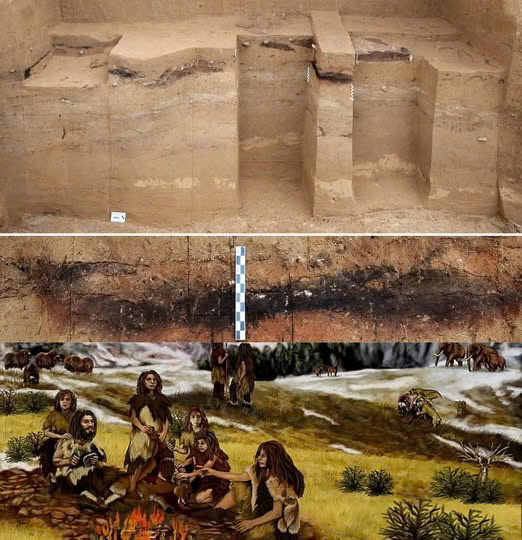Revolutionary Discoveries in Ukraine Reveal Ice Age Fire Techniques

Remarkable discoveries at Korman’ 9, an open-air prehistoric site in Ukraine’s Middle Dniester Valley, have shed new light on how early humans harnessed fire during one of Earth’s most challenging periods. A groundbreaking study led by researchers from the Universities of Algarve and Vienna has uncovered three prehistoric hearths that provide unprecedented insights into Upper Paleolithic fire mastery during the Last Glacial Maximum (LGM) – the harshest phase of the Ice Age spanning 26,500 to 19,000 years ago.
Beyond Warmth: The Multifaceted Role of Fire in Prehistoric Survival
Fire served as the cornerstone of ancient human existence, extending far beyond simple warmth to enable cooking, tool production, and social bonding. The well-preserved hearths at Korman’ 9 represent an exceptional find, as intact fire features from the LGM era are exceedingly rare. Using sophisticated analytical techniques including micromorphology, colorimetric analysis, and 3D modeling, scientists identified three flat, open hearths that demonstrated remarkable technological sophistication.
“Fire was not just about keeping warm; it was also essential for cooking, making tools, and for social gatherings,” explained Philip R. Nigst, lead author and archaeologist at the University of Vienna.
Advanced Fire Control During Extreme Climate Conditions
Impressive Temperature Management

Despite the unforgiving glacial environment, the inhabitants of Korman’ 9 demonstrated exceptional control over fire technology. Analysis revealed these hearths reached temperatures exceeding 600°C, indicating not merely basic fire management but a sophisticated understanding of fuel properties and combustion principles.
Video
Innovative Fuel Utilization
While charcoal analysis confirmed the primary use of spruce wood, researchers also discovered partially carbonized bone fragments, suggesting these Ice Age humans may have supplemented their fuel sources with animal bones and possibly fats when wood was scarce.

“Some of the animal bones found at the site were burnt in a fire with a temperature of over 650 degrees Celsius,” noted Marjolein D. Bosch, a zooarchaeologist involved in the study. “We are currently investigating whether they were used as fuel or just accidentally burned.”
Purposeful Fire Design
Perhaps most fascinating was the variation between the three hearths – differing in size, structure, and thermal intensity. This diversity suggests these ancient humans customized their fires for different purposes, possibly adapting to seasonal needs or distinct social functions.
“People perfectly controlled the fire and knew how to use it in different ways, depending on the purpose,” Nigst explained, adding that the evidence suggests hunter-gatherers returned to this site repeatedly throughout different seasons.
These discoveries not only illuminate prehistoric survival strategies but also demonstrate that even during Earth’s most forbidding climatic period, our ancestors possessed remarkable technological ingenuity that helped them not just survive, but thrive.

